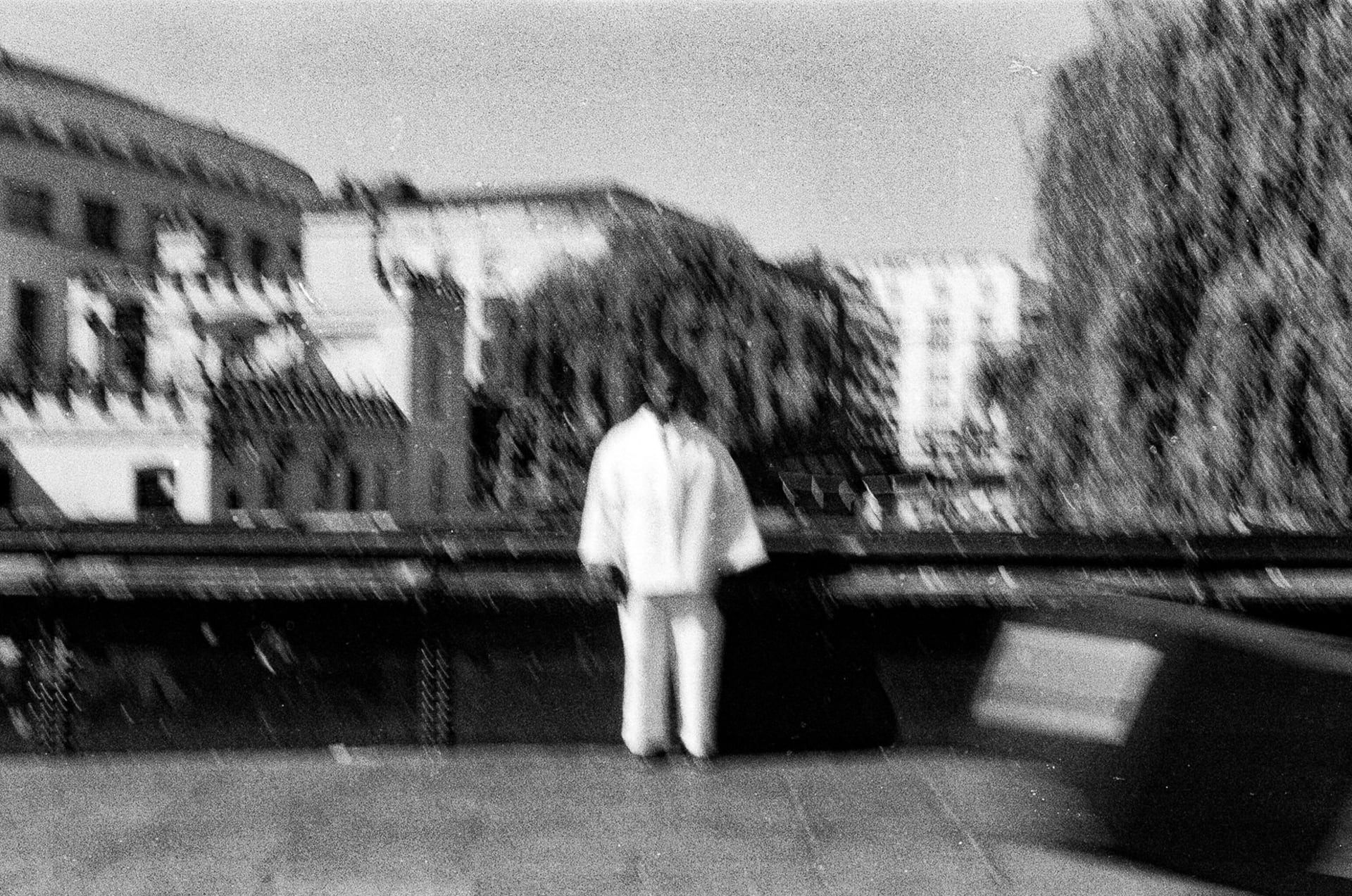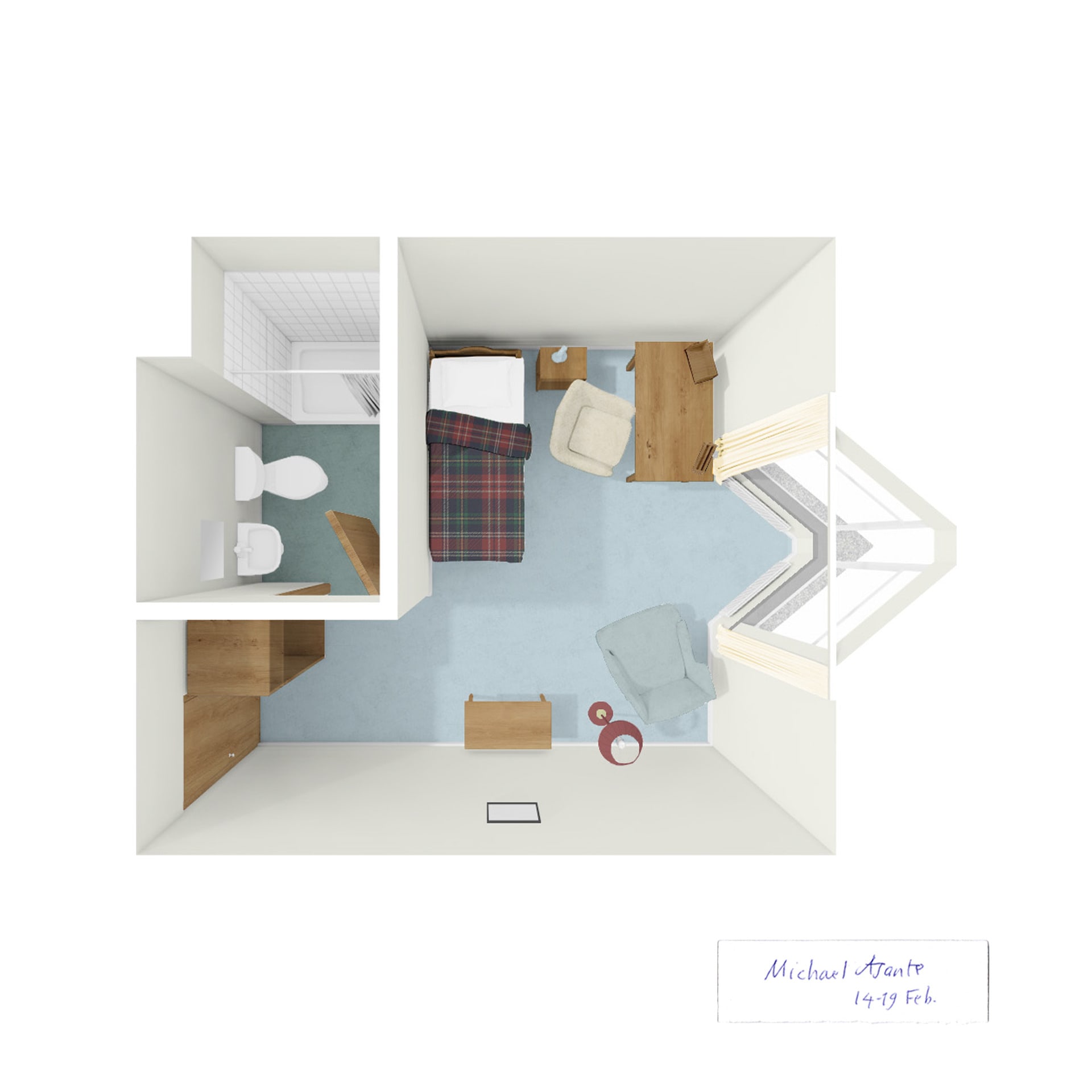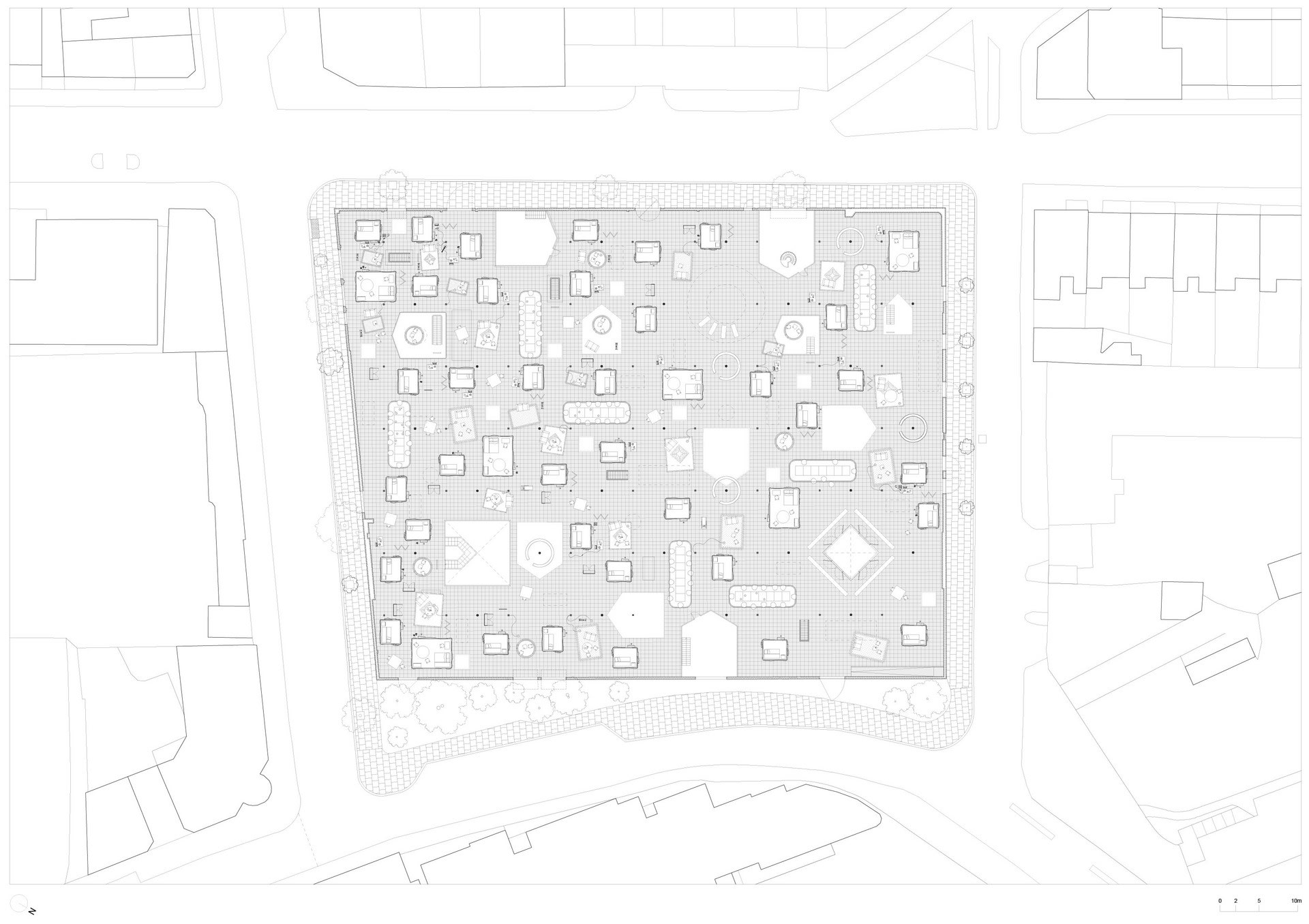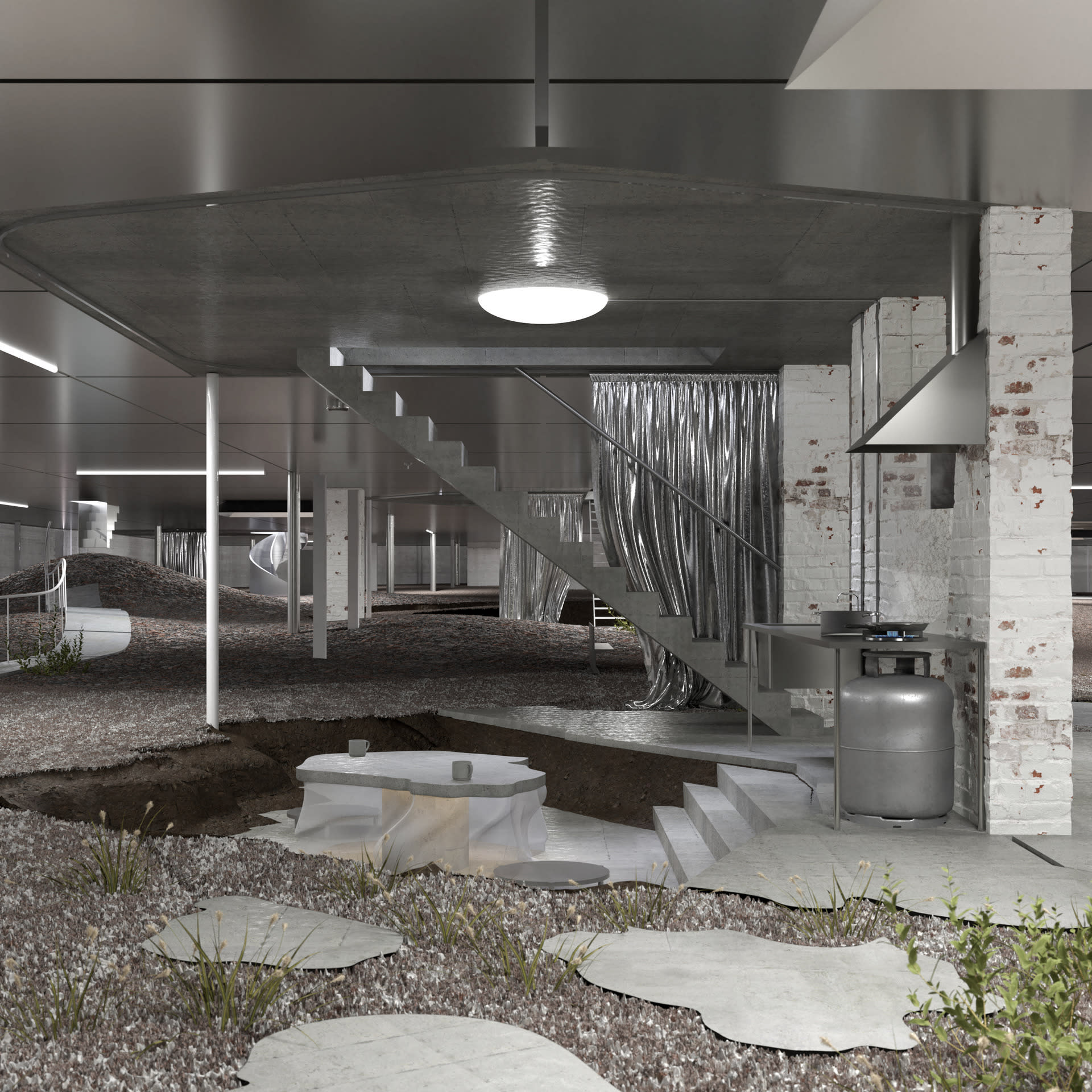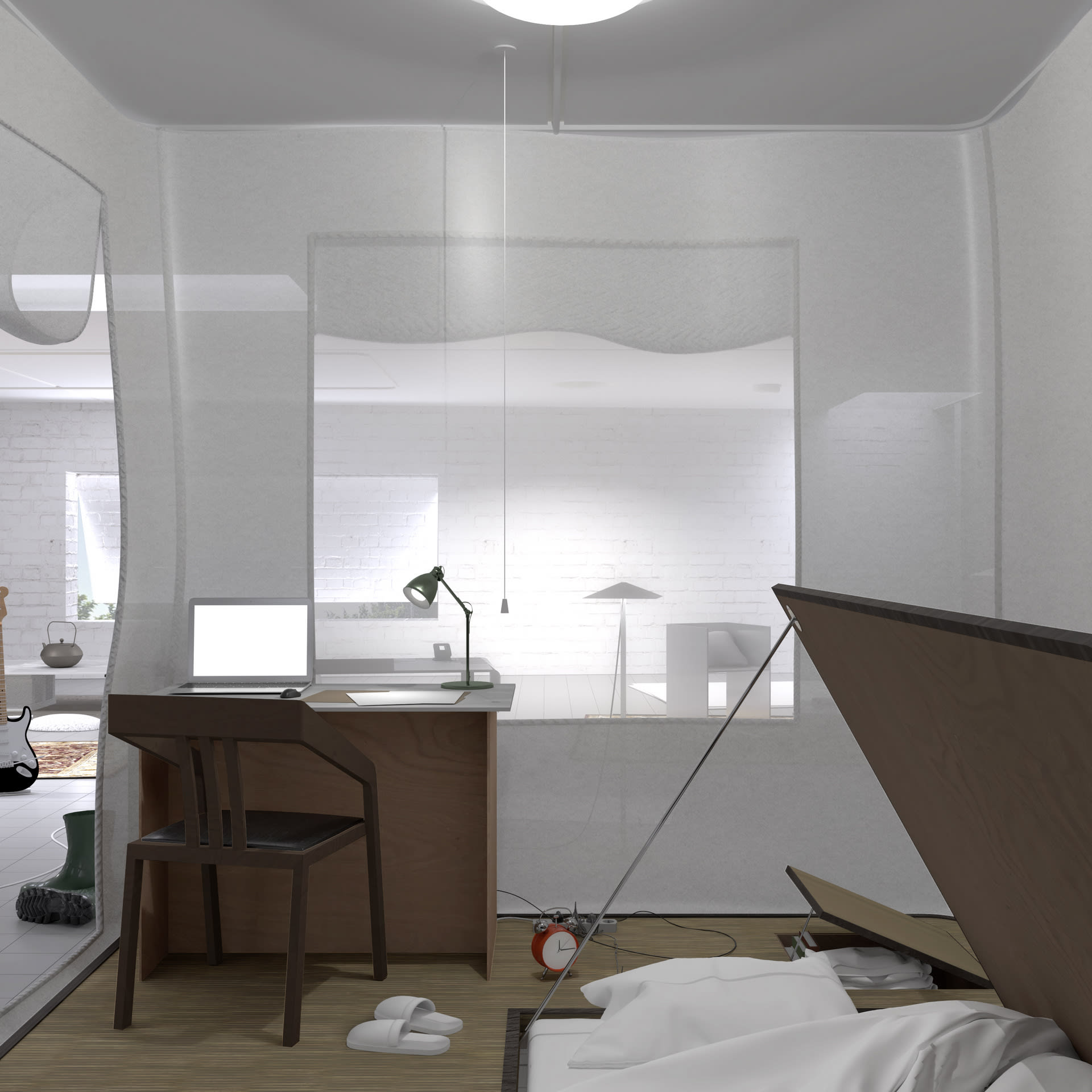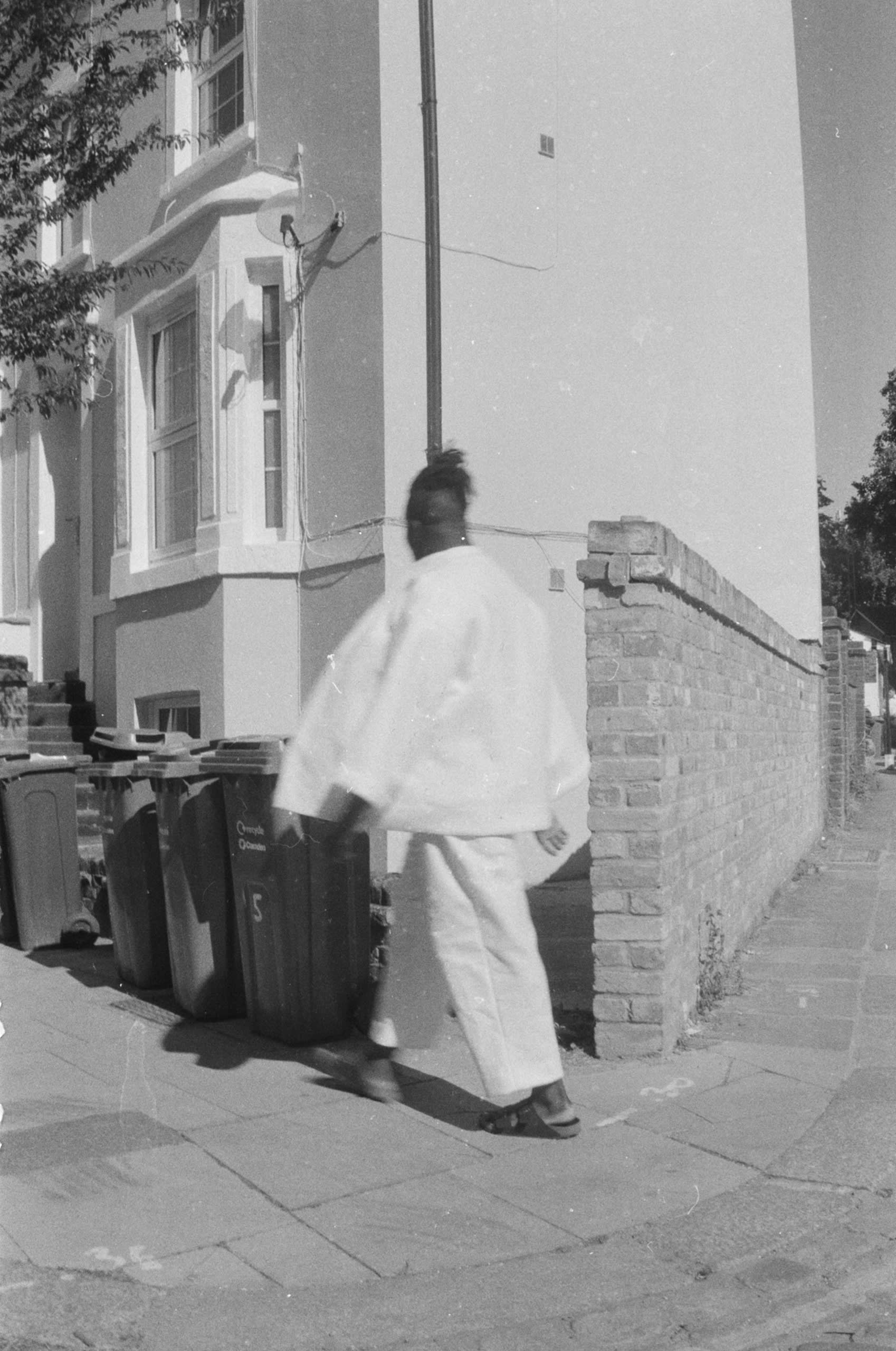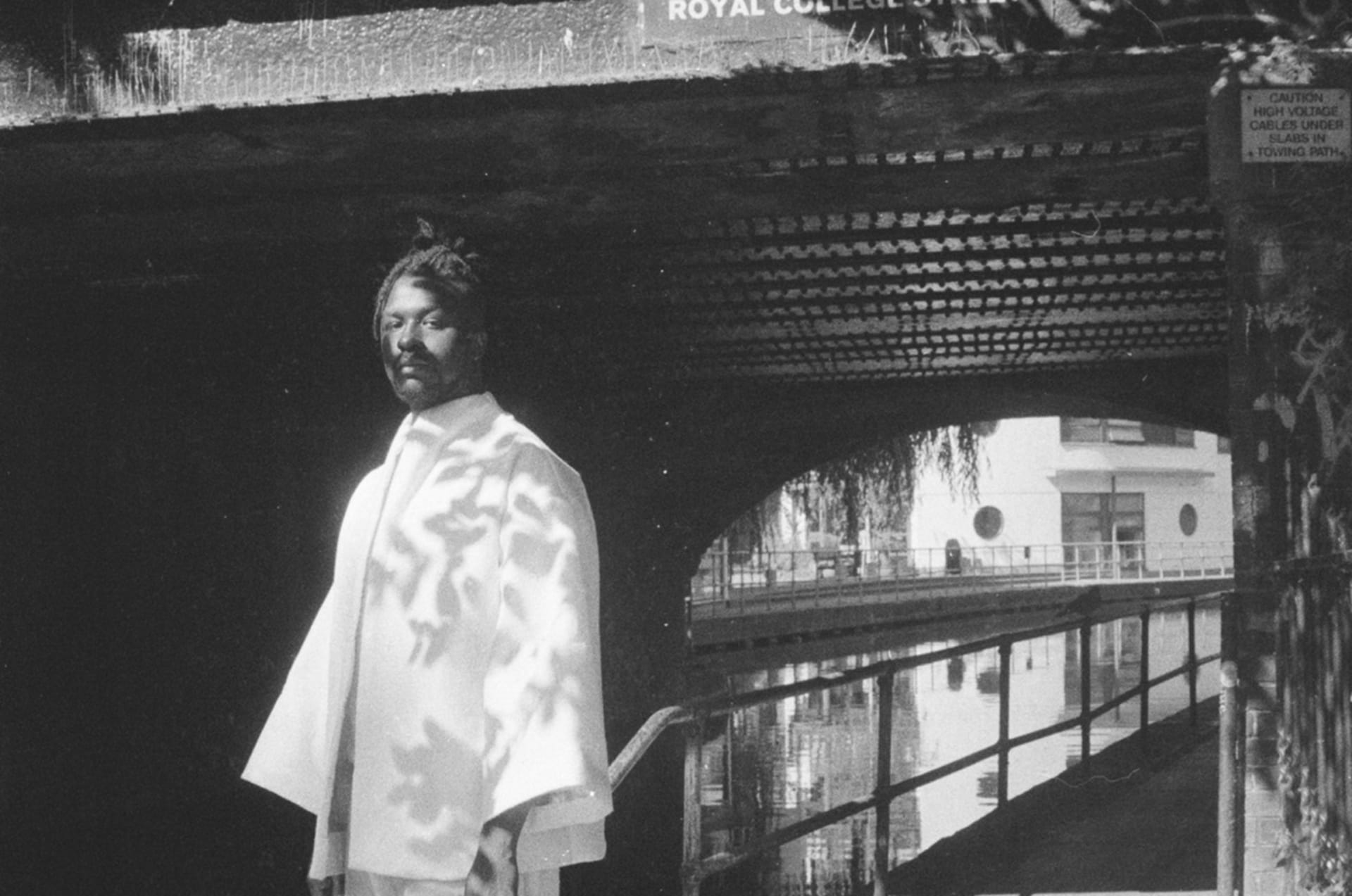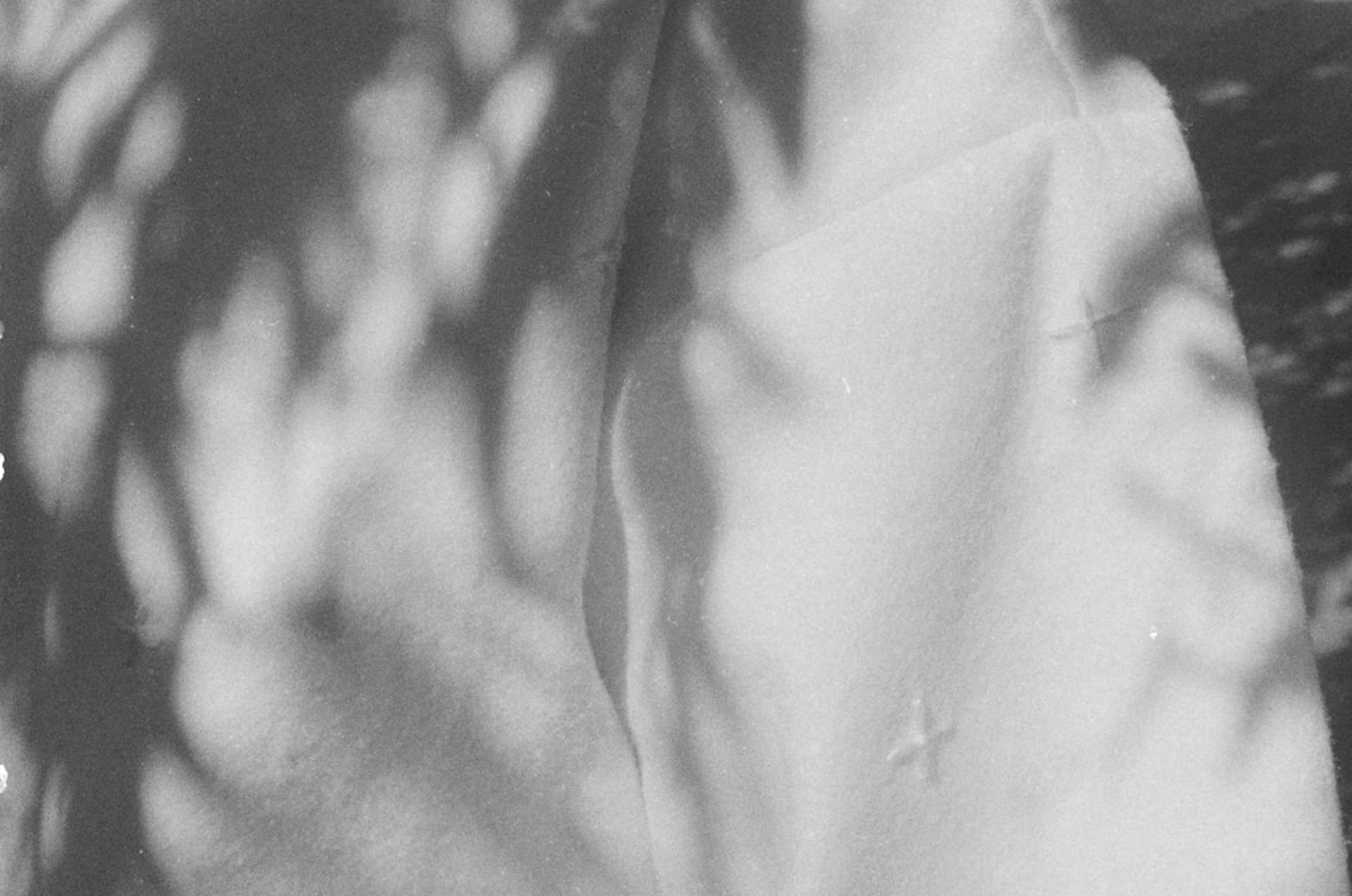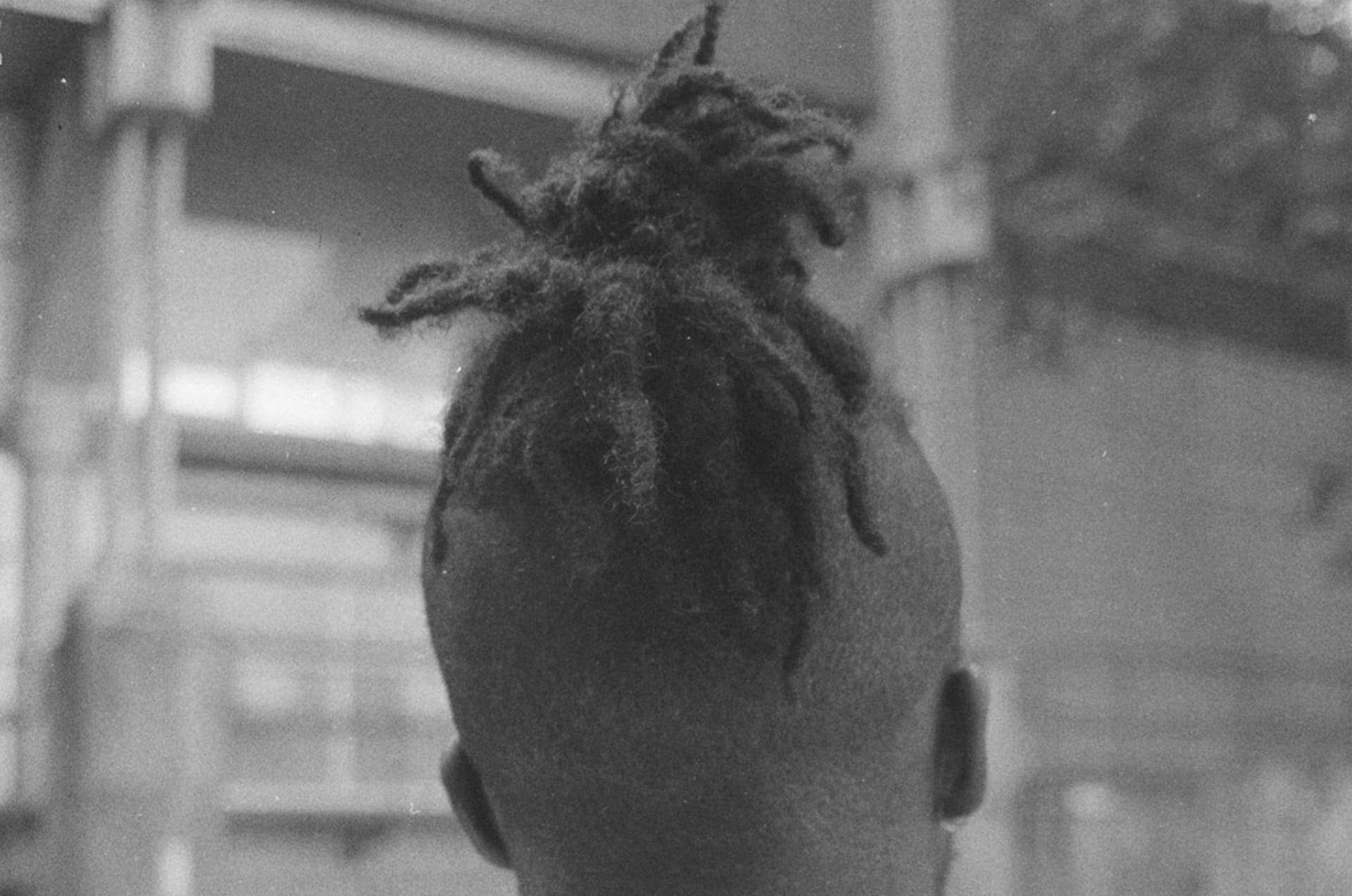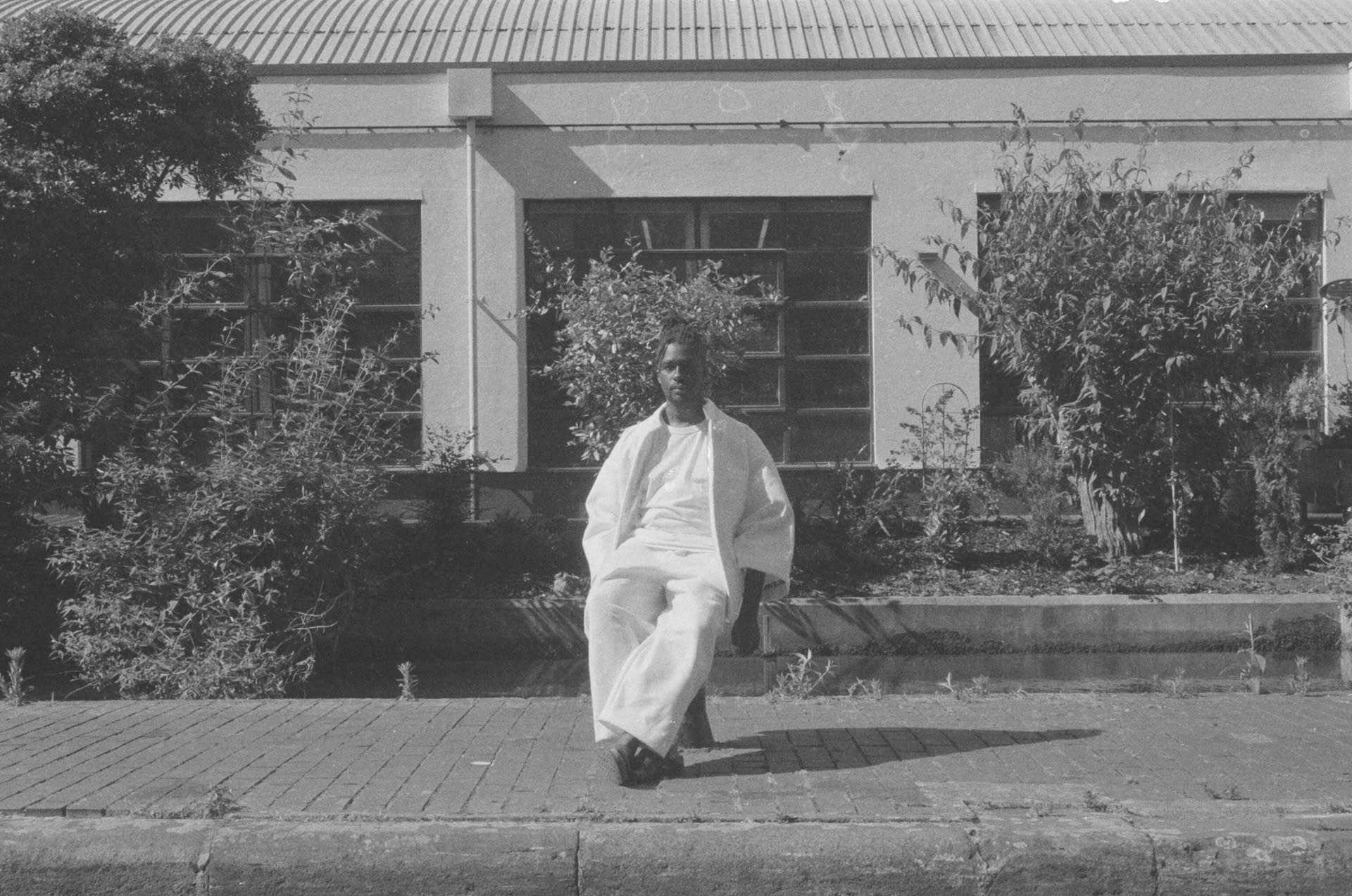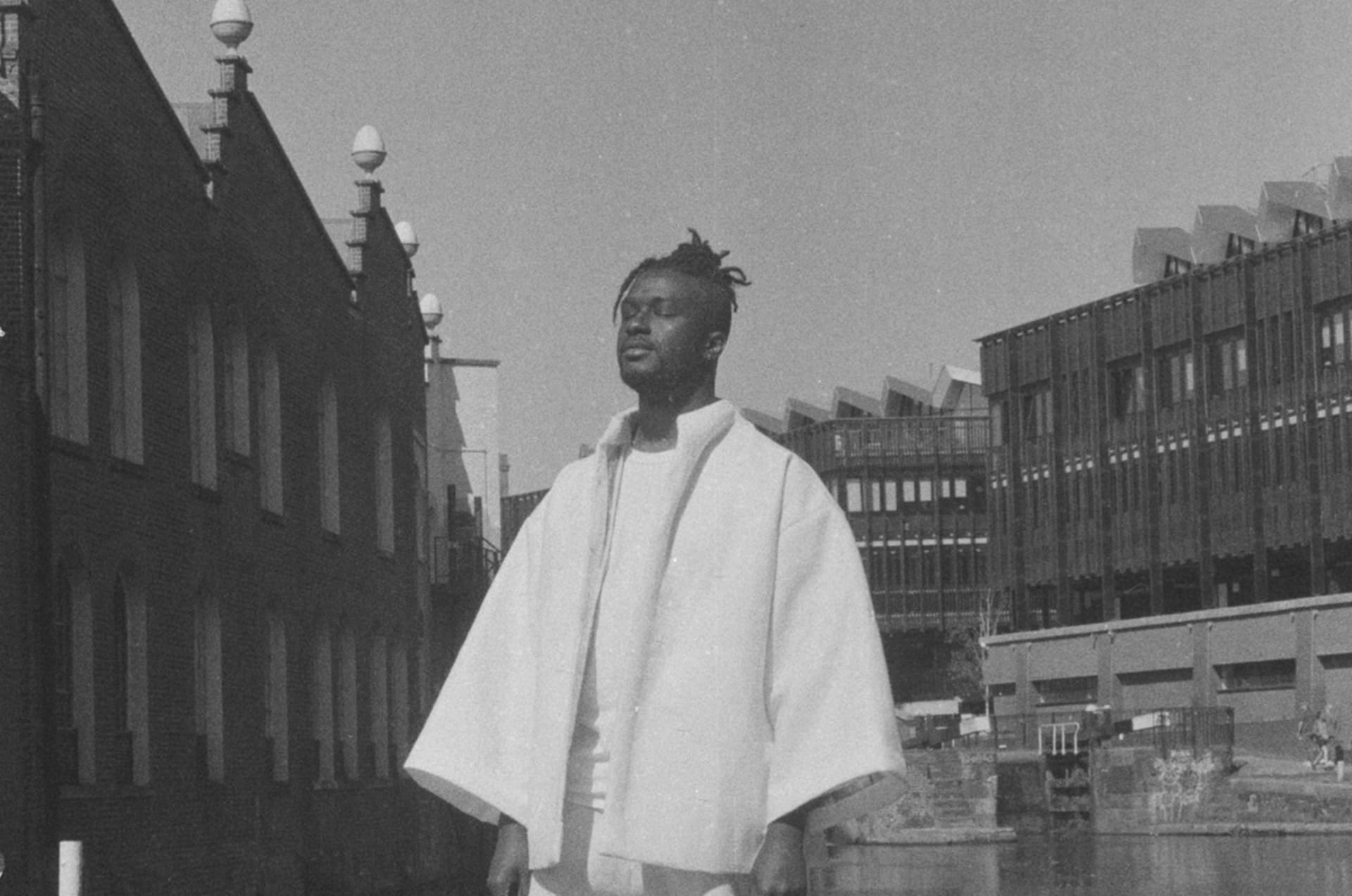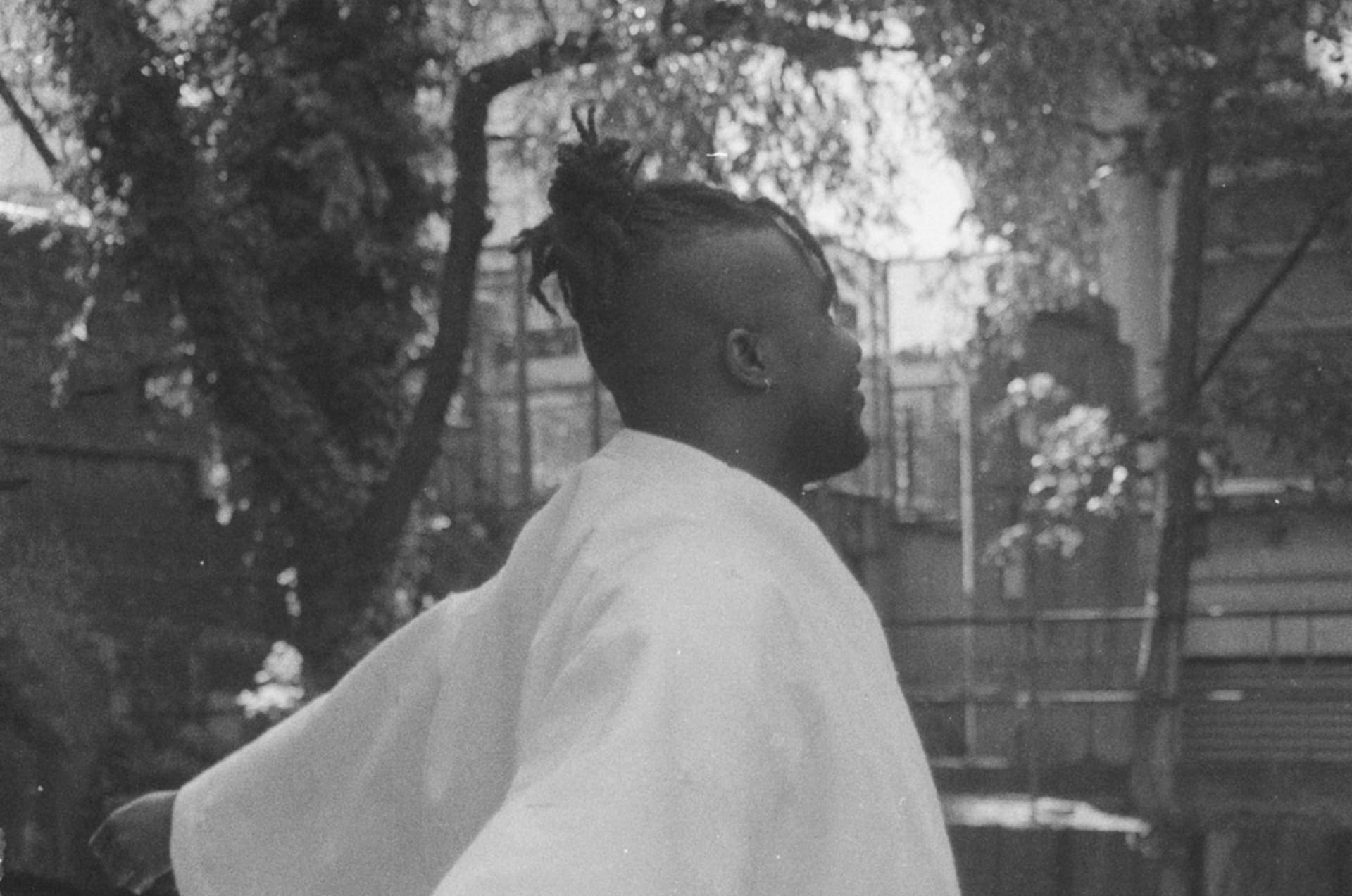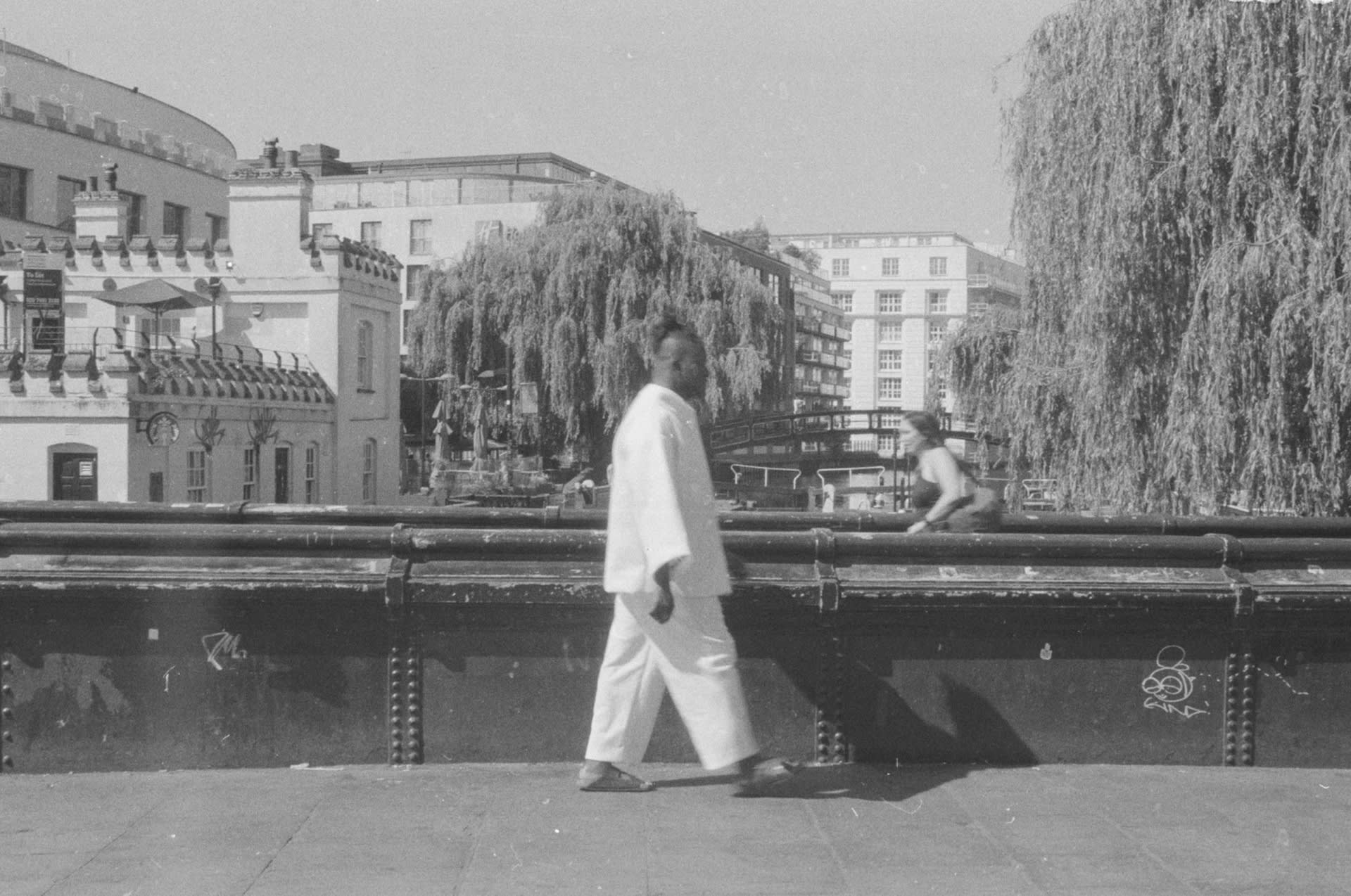Michael is a London-based designer working between the UK and Japan. His interests are disparate, covering fine art, architecture, performance, and music to name a few. During his time at the RCA, Michael has collaborated internationally, notably with designer, writer, and curator Nowk Choe on the spatial design of the exhibition Instead of an Afterwards for the Korean Cultural Centre in Hong Kong.
His graduate project takes Minimalism as a starting point, exploring through various media its latent links to Monasticism, Austerity and Minimum Dwelling. His essay titled White on White through analysing the work of Israeli-French artist Absalon, reveals an emerging form of minimum dwelling which combines the image of Minimalism with shrinking space standards in order to extract more profit.
Prior to studying at the RCA, Michael completed his undergraduate degree at the Leicester School of Architecture. Following this, he worked on various cultural, residential, and infrastructural projects at Grimshaw, MATA and Reed Watts Architects respectively.
